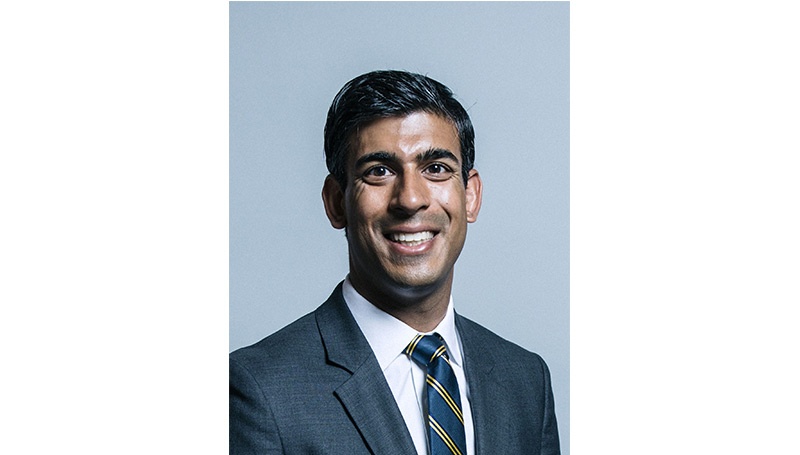Employers To Contribute 20% Of Furloughed Pay From 1 August

Employers of furloughed staff will have to contribute 20% of employees’ unworked wages from 1 August until the scheme ends on 30 September.
This is up from the 10% employers have to contribute for unworked hours during July, and in addition to National Insurance payments and pension contributions.
The government will continue to top up employees’ wages, so they should still receive up to 80% of their pay for unworked hours up to a maximum of £2,500.
Currently, the government pays 70% of unworked hours, with employers expected to pay the remaining 10%, plus national insurance and employer pension contributions.
But from 1 August the government contribution drops to 60%, with firms expected to pay the remaining 20%, plus national insurance and employer pension contributions. This contribution level will remain in place until the scheme ends on 30 September.
The furlough scheme was first introduced by chancellor Rishi Sunak in March 2020, when the government paid 80% of furloughed workers’ wages up to a monthly maximum of £2,500.
Figures published earlier this week which cover up until the end of June, show the fewest number of people on furlough since the scheme launched in March 2020, down from a peak of nearly nine million at the height of the pandemic in May last year.
1.9 million people remained on the scheme by the end of June, more than half a million fewer than the 2.4 million at the end of May.
An estimated one-fifth of hospitality staff remained on furlough at the end of June, Treasury figures have revealed. Some 337,800 hospitality staff were still being supported by the scheme, equivalent to 19% of the eligible workforce.
A total of 291,900 accommodation and foodservices staff came off furlough between 31 May and 30 June. This included a reduction of 102,500 in drinks-serving roles and 95,760 in restaurants and mobile food service.
Chancellor of the Exchequer Rishi Sunak said:
“It’s fantastic to see businesses across the UK open, employees returning to work and the numbers of furloughed jobs falling to their lowest levels since the scheme began.”
“I’m proud our Plan for Jobs is working and our support will continue in the months ahead.”
“The figures also show a striking fall in the number of young people on furlough, who for the first time ever, no longer have the highest take-up of the scheme.”
“In the last three months, younger people have moved off the scheme twice as fast as all other age brackets, with almost 600,000 under 25s moving off the scheme.”
“Jobs in sectors including hospitality and retail are now also moving off the scheme the fastest, – with more than a million coming off the scheme in the last three months.”
“This decline means those in hospitality and retail no longer make up the majority of all those on furlough. Furlough was extended until the end of September to allow for businesses to adjust beyond the end of the roadmap and to bring people back to work.”
“The Government’s Plan for Jobs continues and is still in place to provide support, including Kickstart, traineeships and more work coaches to help people find jobs.”
“This is the right thing to do to reduce long term economic scarring in the labour market and our ongoing Plan for Jobs means that we will continue to support people as the economy recovers.”
